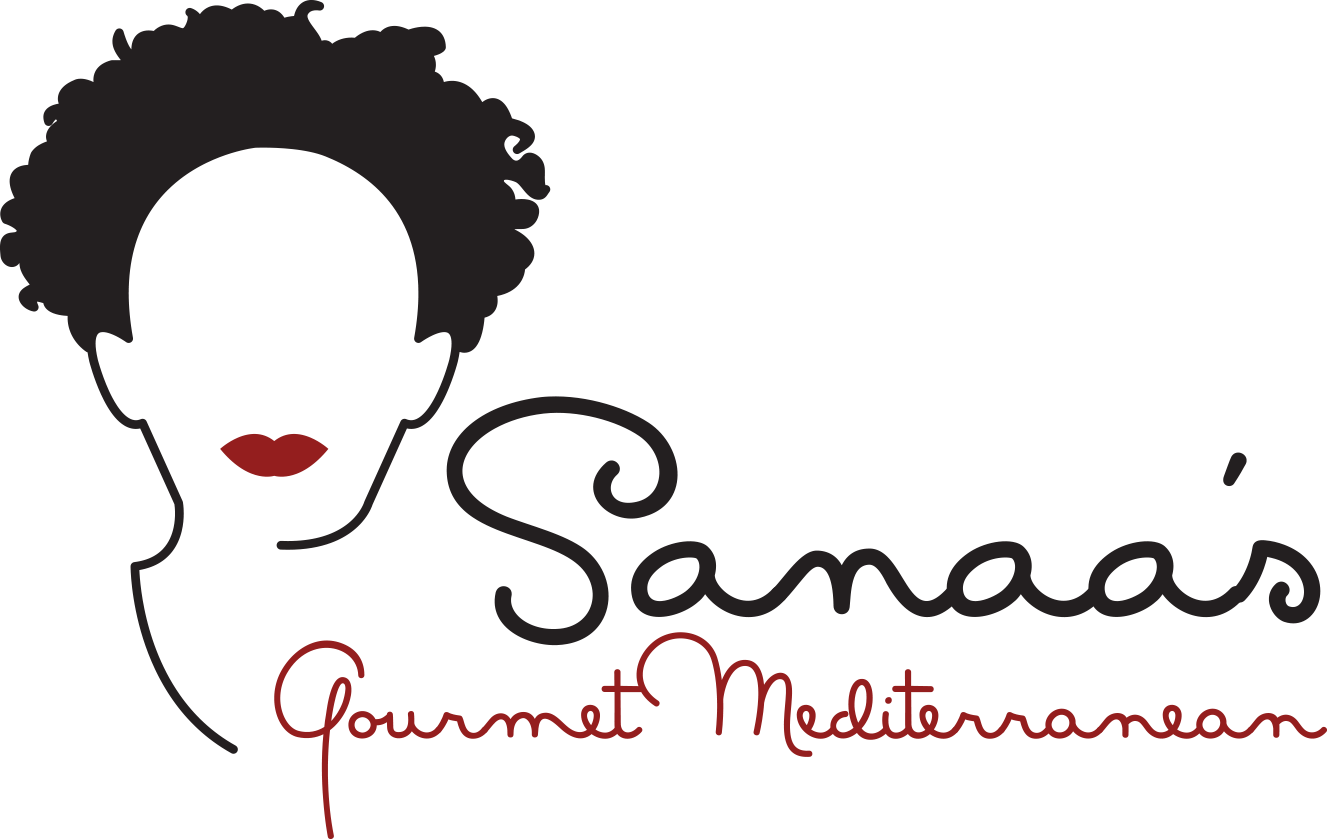Cheese
All over the Mediterranean no meal is considered finished until cheese is served. It is thought to settle the stomach and helps to digest one's meal. In good restaurants in Europe the waiter usually brings the cheese tray with a selection of different kind of cheese on it to allow the customer to choose.Food historians believe that cheese making started about 2500 years ago in ancient Greece. The Greeks then taught the Romans their method of cheese making. In those days, the milk was left to curdle naturally before being made into cheese. The Romans discovered that rennet would speed up the curdling process. The original rennet was probably made from wild artichokes, but later on it was discovered that rennet derived from animals was faster and more effective.Cheese is made from the the milk of cows, sheep and goats. Most of the cheese made in America is from cow's milk. Cow's milk cheese range in flavor from mild, e.g. Monterey Jack, Mozzarella and Fontina, to strong and pungent cheeses such as Limburger, Gruyere, and Gorgonzola. They differ in texture from soft to hard, depending on the age and process. Parmesan cheese is a popular example of hard, aged, cow's milk cheese.Cheese made from goat's milk is tangy and acidic in nature. They can be a bit stron, depending on how they're made and how long they're aged. Some of the best French goat cheese is what is called chevre. To give you an idea of how good chevre is, you have to know that I'm usually a very generous person, willing to share any food with anyone. But when I am able to find a really good chevre, I wrap it in plain brown paper and hide it in the back of the refrigerator so my husband can't find it.Cheese made from sheep's milk is the highest in butterfat and protein, and is the strongest in smell, which makes it not too popular here in America. The most famous sheep's milk in feta, made in Bulgaria and Greece.In Italy milk from water buffalo is a prized ingredient in fresh morrarella, mostly because it's taste is superior.When serving cheese at the end of the meal, it's good to plan ahead. Because cheese should be served at room temperature to awaken the flavor, take it out of the refrigerator 5 or 6 hours ahead of the meal. Cheese should be stored in the cheese compartment of your refrigerator to avoid having it dry out. If hard cheese begins showing green mold, simply cut that away and serve the part that had no mold.Baby Green Salad with Feta Cheese Dressingserves 44 cups fresh baby greens1 cup fresh oregano2 medium tomatoes, diced1 small sweet onion, julienned1 cup walnuts, toasted1 teaspoon black sesame seeds, optional8 ounces feta cheese, crumbled1/4 cup lemon juice6 tablespoons olive oil-Toss baby greens with the oregano, the tomatoes and the sweet onions.-Sprinkle the feta cheese and then drizzle the lemon juice and the olive oil.-Toss gently until well coated.-Sprinkle with the walnuts and the sesame seeds.
